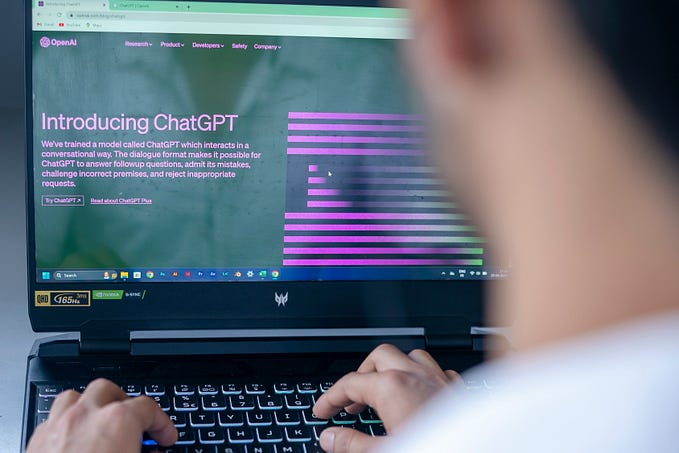Pause, Look Then Proceed

Life is a whirlwind. In today’s fast-paced world, we often find ourselves swept up in the hustle and bustle, rushing from one task to another, constantly striving to tick off boxes from our never-ending to-do lists. Whether it’s meeting deadlines at work, maintaining relationships, or chasing personal goals, life feels like an endless race. But what if we slowed down, took a moment to pause, looked around us, and then proceeded thoughtfully? The “Pause, Look, Then Proceed” philosophy is a powerful way of living that not only helps us regain control but also aligns our actions with our intentions, leading to a more fulfilling and balanced life.
This blog will explore the deeper meaning behind this attitude, its significance, and how you can embrace this mindset to transform your approach to daily life and decision-making.
Understanding the “Pause, Look, Then Proceed” Attitude
The idea of pausing before acting is not new. It’s a principle deeply rooted in mindfulness, stoicism, and other philosophies that emphasize intentional living. However, in the context of modern life, this attitude has a renewed significance.
- Pause: The first step is to stop in your tracks. When we’re constantly moving, we don’t have the time to process our emotions, assess situations, or even breathe properly. Pausing allows us to interrupt the autopilot mode we often operate in and bring awareness to the present moment.
- Look: Once you’ve paused, take a moment to observe. Look at the situation from different angles. Reflect on your emotions, assess your options, and weigh the possible outcomes. This step is about seeking clarity before taking the next step.
- Proceed: Finally, after pausing and looking, proceed. This is the action stage where you move forward based on thoughtful decisions rather than impulsive reactions. Proceeding with intention ensures that your actions align with your goals and values.
The Importance of Pausing in a Fast-Paced World
Pausing might sound counterproductive in a society that values speed and efficiency. However, its benefits are immense:
- Prevents Rash Decisions: When we act impulsively, we often make mistakes or take actions we later regret. Pausing gives us a chance to think before we act.
- Reduces Stress: Constantly being on the go can take a toll on your mental health. Pausing allows you to catch your breath and reset.
- Improves Relationships: In relationships, pausing before reacting can prevent unnecessary arguments. It allows you to respond with empathy rather than emotion.
- Enhances Productivity: Taking a moment to pause can improve focus and help you prioritize tasks better.
Looking: The Power of Reflection
Once you’ve paused, the next step is to look. This is where self-awareness and observation come into play. Here’s how “looking” can help:
- Gain Perspective: When you look at a situation from multiple angles, you get a clearer understanding of the bigger picture. This can help you make informed decisions.
- Identify Triggers: Observing your emotions and reactions can help you identify what triggers stress or anxiety. This awareness is the first step toward managing them effectively.
- Evaluate Options: Instead of jumping to conclusions, looking allows you to weigh your options and choose the best course of action.
- Stay Grounded: Reflection helps you stay grounded in reality and prevents you from getting carried away by fleeting emotions or external pressures.
Proceeding with Purpose
The final step in this philosophy is to proceed. But this is not about rushing back into action — it’s about moving forward with intention and purpose.
- Align Actions with Goals: Once you’ve paused and reflected, your actions are more likely to align with your long-term goals and values.
- Boost Confidence: When you proceed after thoughtful reflection, you can move forward with confidence, knowing you’ve made the best possible decision.
- Foster Resilience: Proceeding with a clear plan of action can help you bounce back more effectively from setbacks.
- Create a Positive Ripple Effect: Thoughtful actions not only benefit you but also impact those around you positively, creating a ripple effect of mindfulness and intention.
How to Incorporate “Pause, Look, Then Proceed” into Daily Life
Embracing this philosophy is easier said than done, especially when life feels chaotic. Here are some practical ways to incorporate it into your daily routine:
- Practice Mindfulness: Mindfulness exercises like meditation or deep breathing can help you develop the habit of pausing. Set aside a few minutes each day to simply sit and observe your thoughts.
- Set Reminders: Use alarms or sticky notes as reminders to pause during the day. For example, place a note on your desk that says, “Pause. Look. Proceed.”
- Create Buffer Times: Avoid overloading your schedule. Leave buffer times between tasks to reflect and recalibrate.
- Journaling: Journaling is a great way to reflect on your day and evaluate your actions. It can also help you identify patterns in your behavior and make better decisions.
- Seek Feedback: Sometimes, we can’t see things clearly on our own. Seeking feedback from trusted friends or mentors can help us gain perspective.
Examples of “Pause, Look, Then Proceed” in Action
- At Work: Imagine you receive an angry email from a colleague. Instead of firing back a heated response, you pause, take a deep breath, and reflect on their perspective. You then craft a calm, constructive reply, preserving the professional relationship.
- In Relationships: During an argument with your partner, you pause to collect your thoughts instead of saying something hurtful. This gives you time to empathize with their feelings and respond with kindness.
- In Decision-Making: When faced with a major life decision, such as changing jobs, you pause to assess your current situation, reflect on your career goals, and then proceed with a plan that aligns with your aspirations.
The Transformative Power of Pausing
One of the most profound aspects of the “Pause, Look, Then Proceed” philosophy is its ability to transform not just individual actions but your entire approach to life. By pausing, you step out of the reactive cycle and reclaim your power to act intentionally. By looking, you cultivate self-awareness and gain clarity. And by proceeding, you ensure that your actions are purposeful and aligned with your values.




